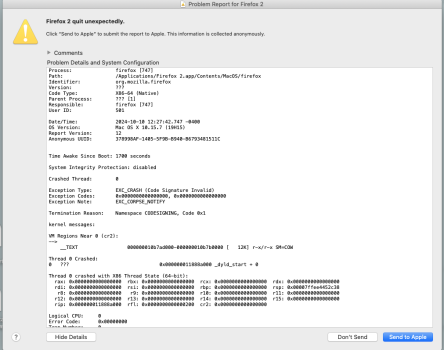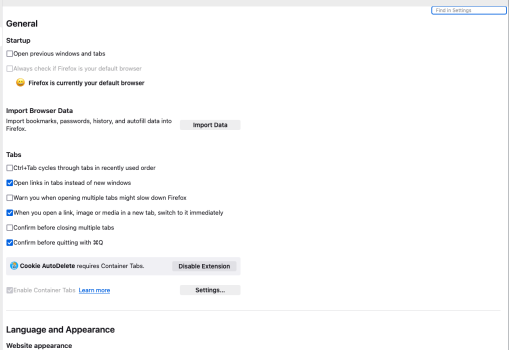Best: Like above, but install Mojave instead of Catalina. After the all-updates phase, create another MacOS Extended (journaled) partition on the external drive, the clone the new APFS Mojave partition to it. Boot into it to verify it works, manually migrate your documents, then erase the internal drive as MacOS Extended (journaled), then clone the OS again. Result: a system that runs noticeably faster, and runs much, much more software.
So if I glean this correctly, the best route is to install and fully update Mojave onto an external disk and clone it into HFS+, then clone that again to HFS+ on the internal SSD? That's a workaround to not using APFS at all?
Correct. (And it doesn't matter whether the internal drive is hdd, ssd, or fusion.) Running off HFS+ is one of the major goals of staying with Mojave., as it's the last OS capable of doing so (as well as the last that'll run the preexisting mountain of 32bit software). Catalina was a planned-obsolescence OS deliberately designed to run like garbage on intel Macs, and prompt users into spending thousands upgrading for Apple's subscription-model rubber room future.




